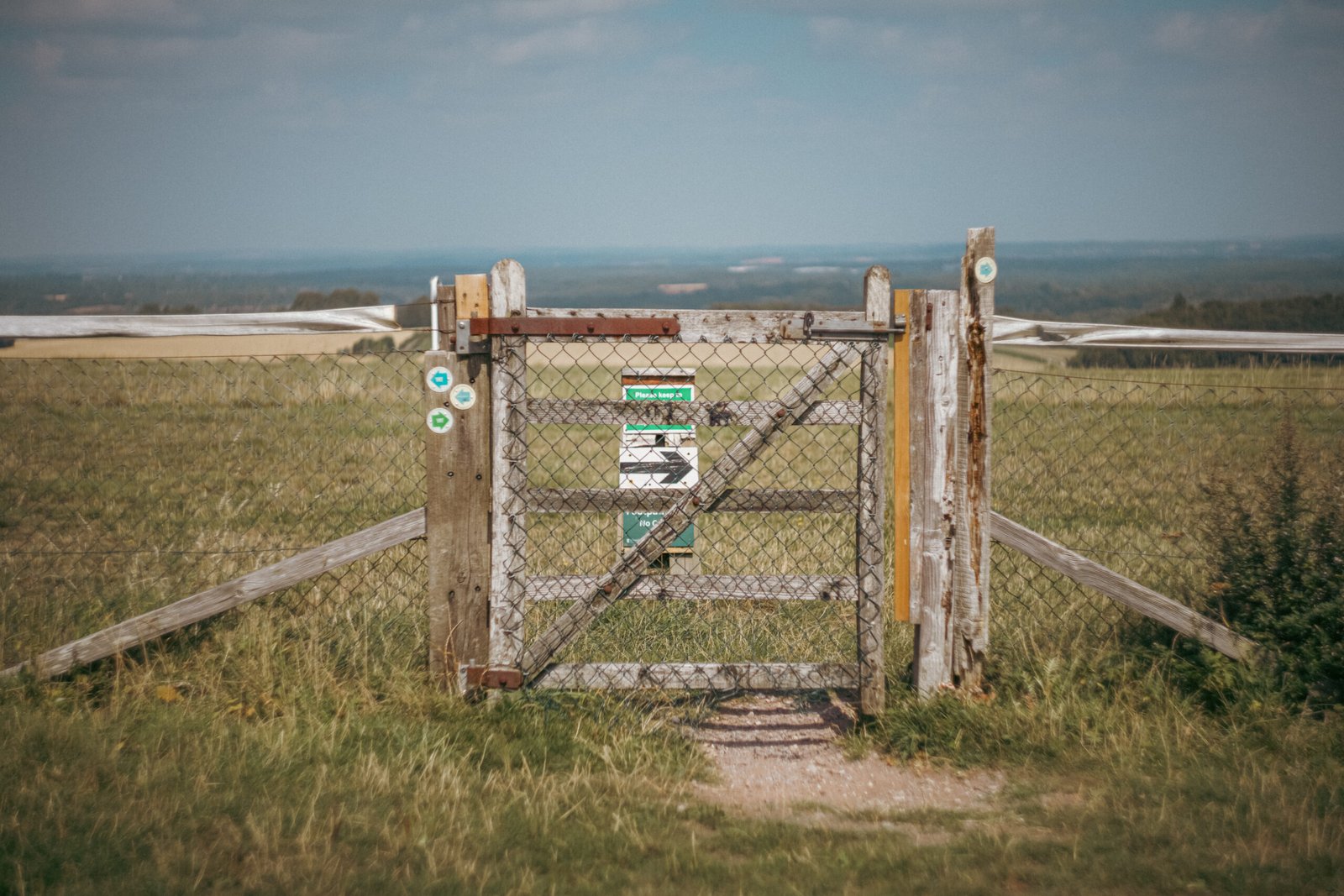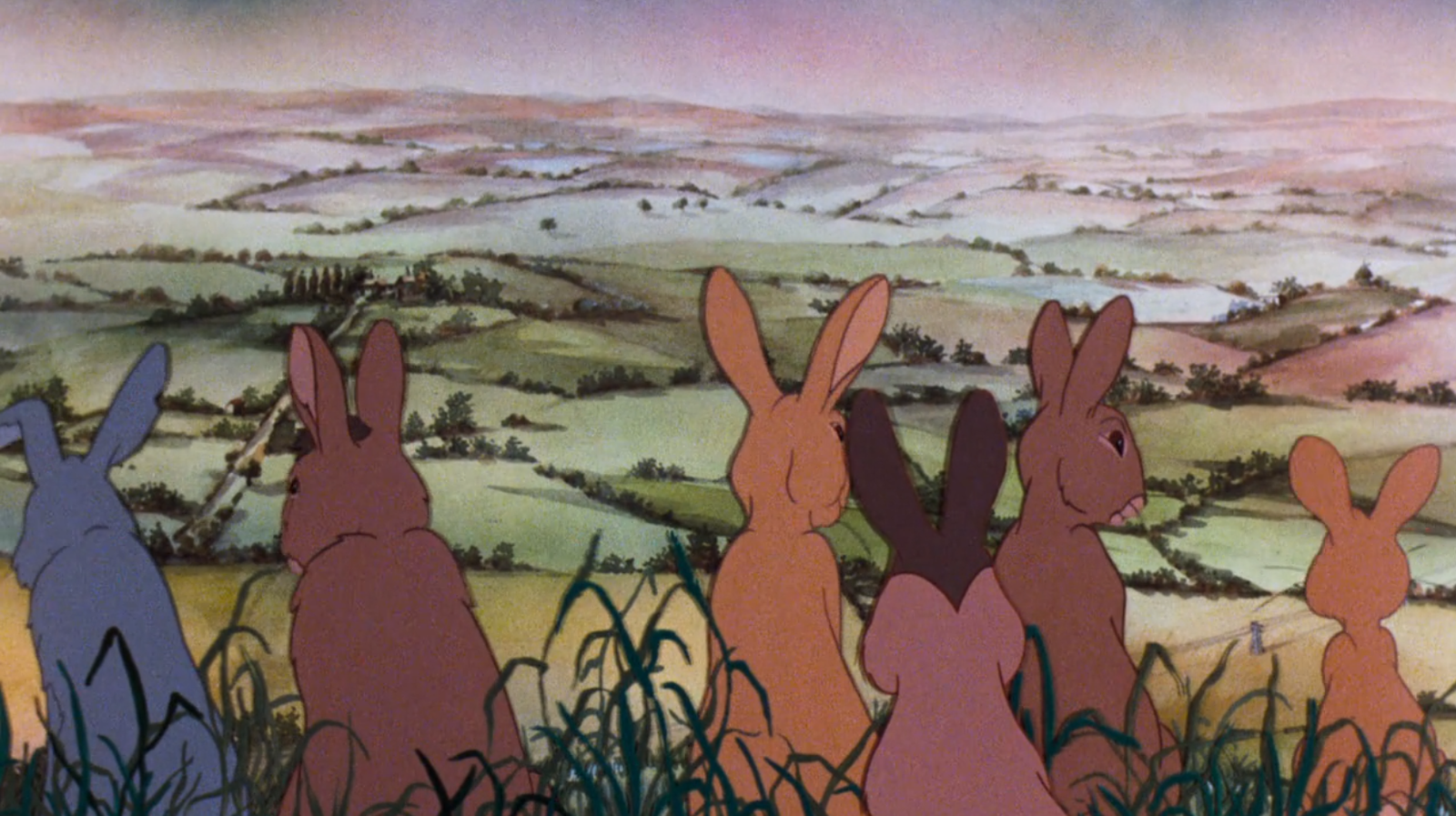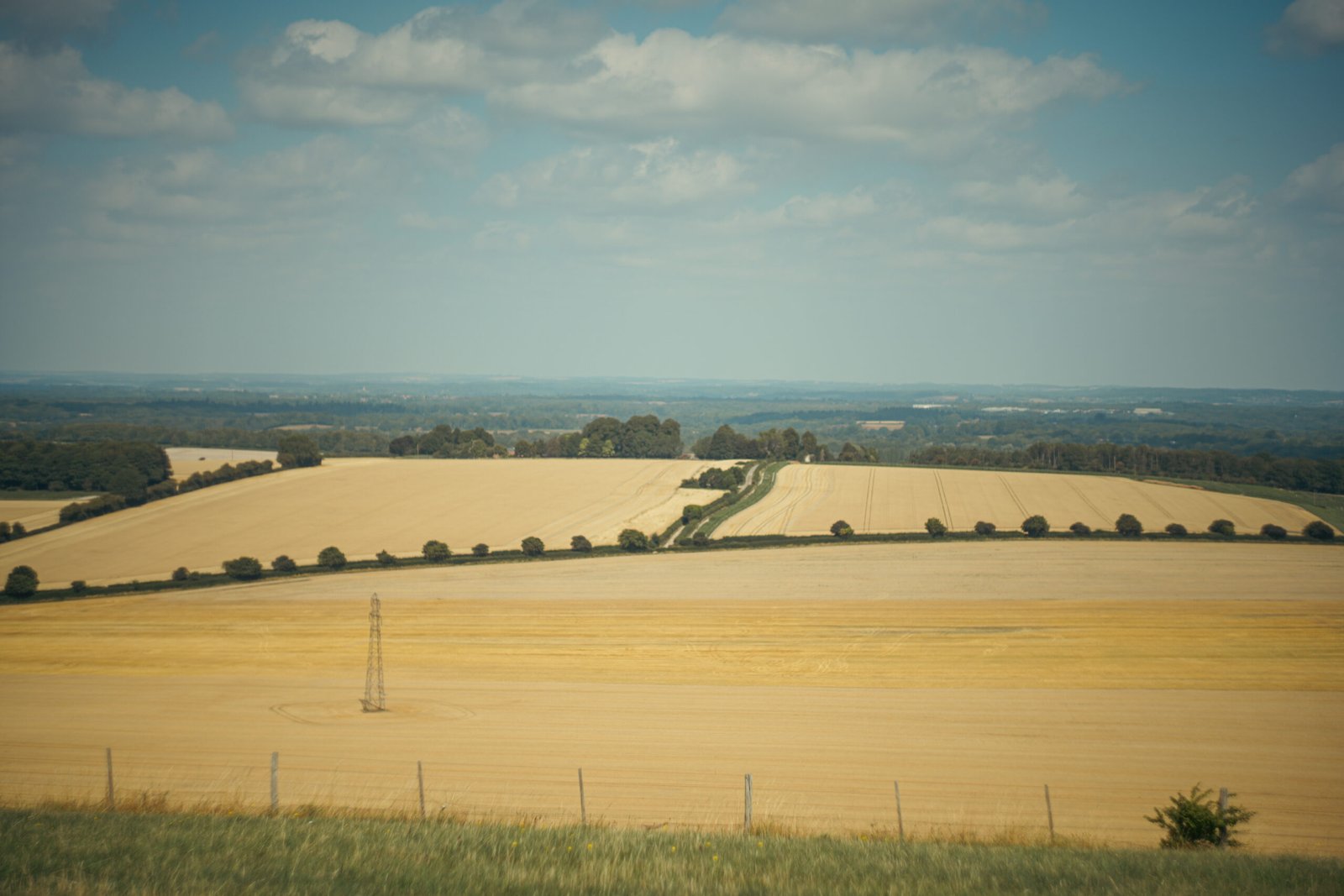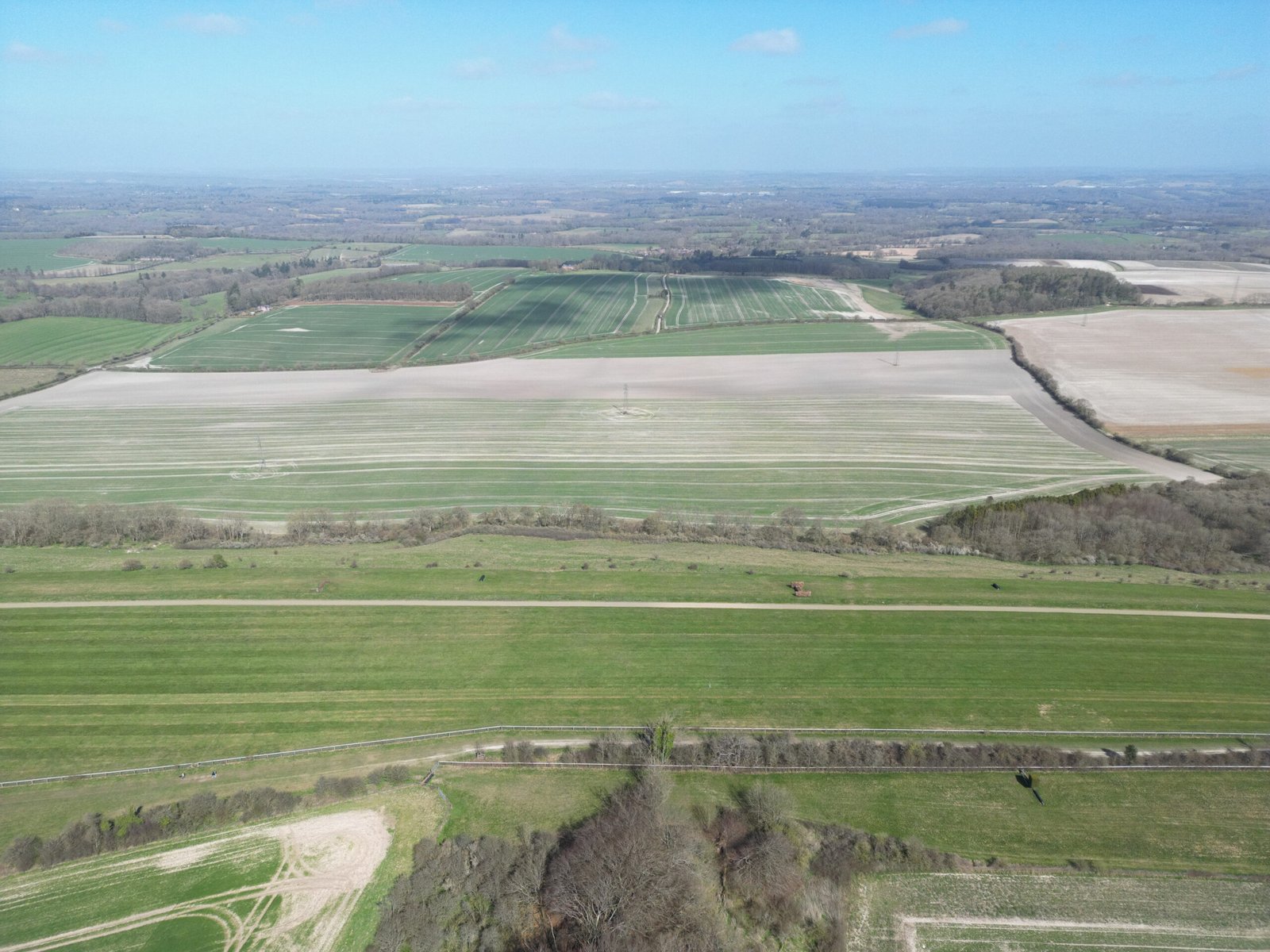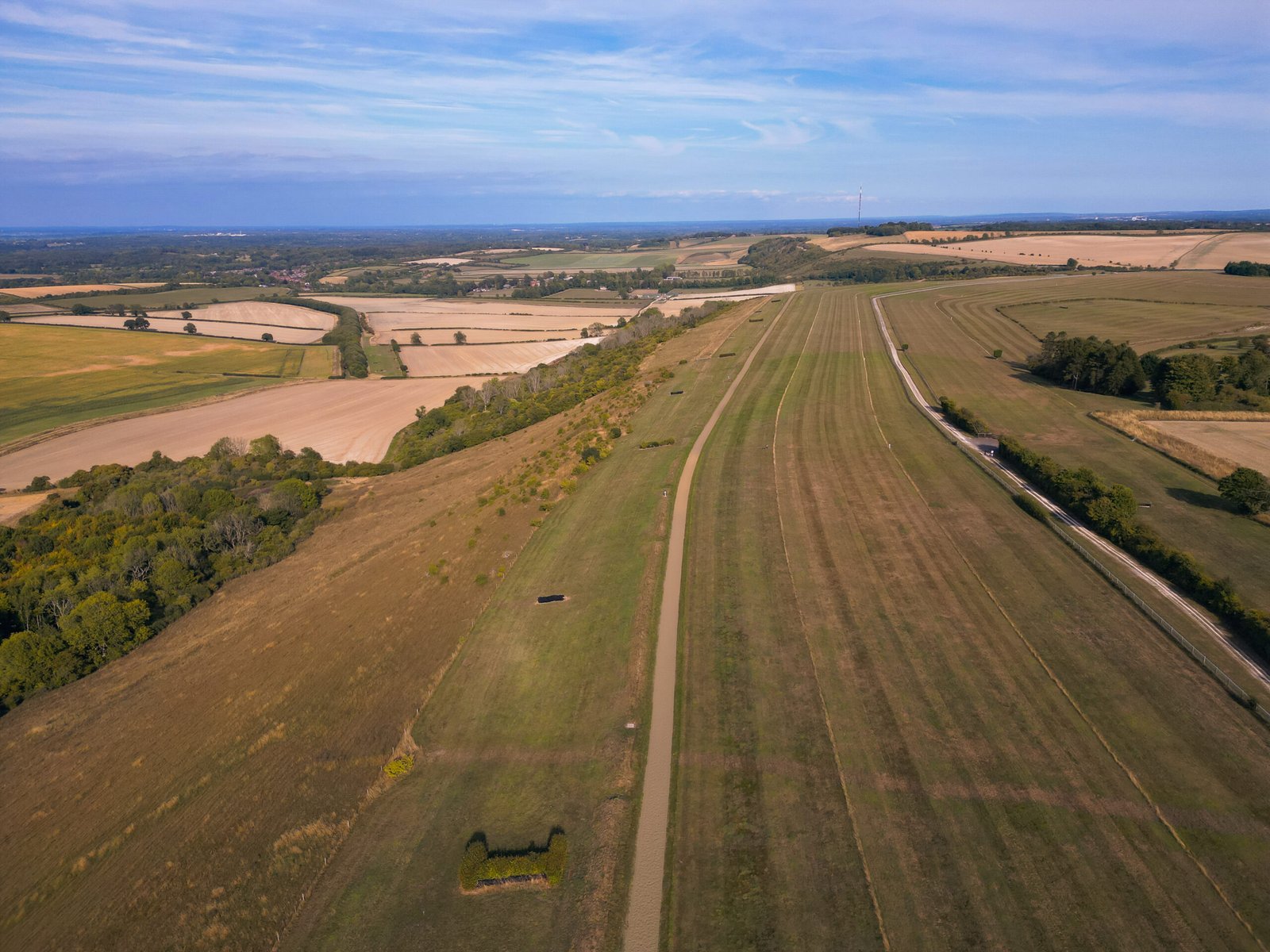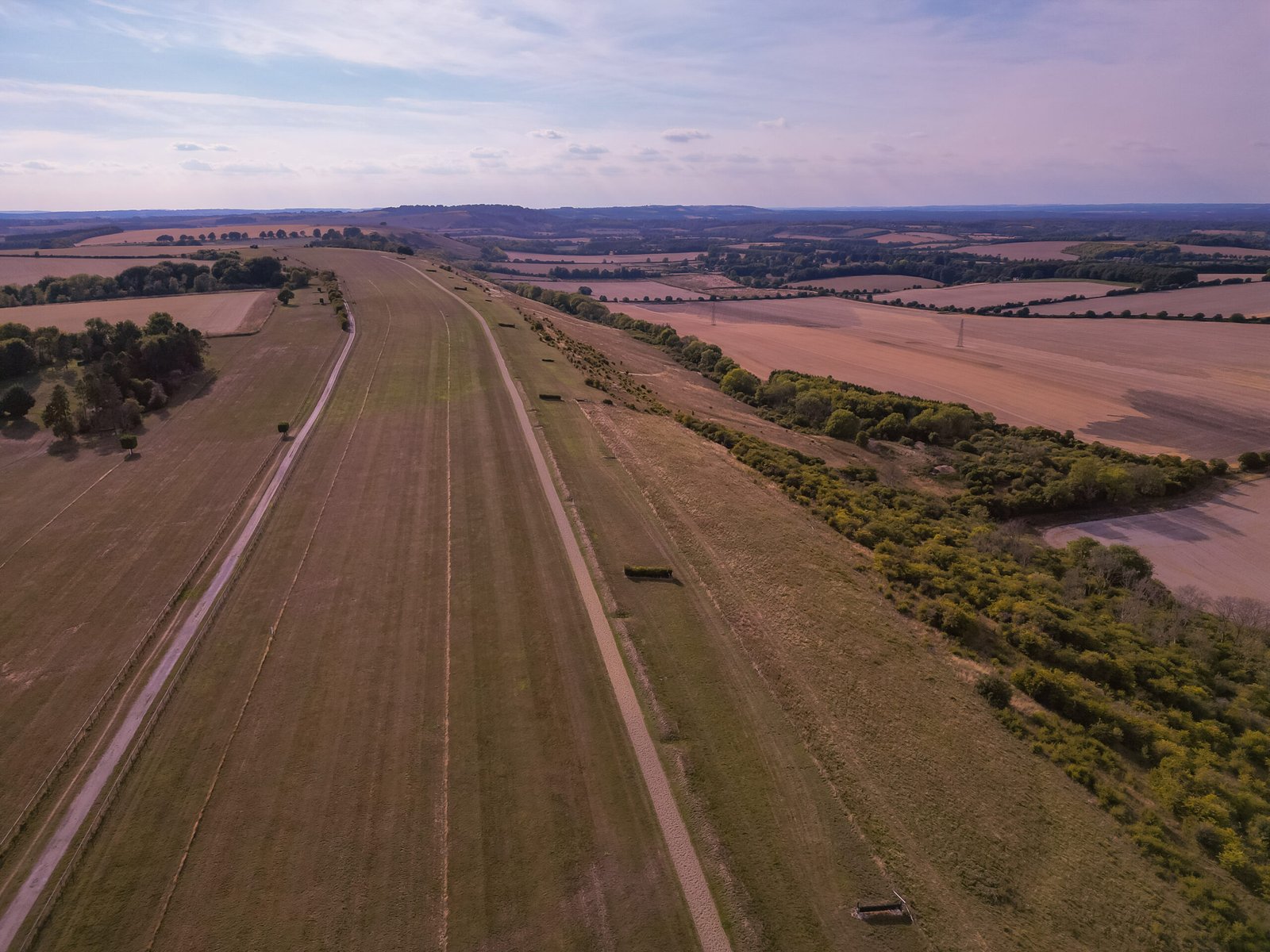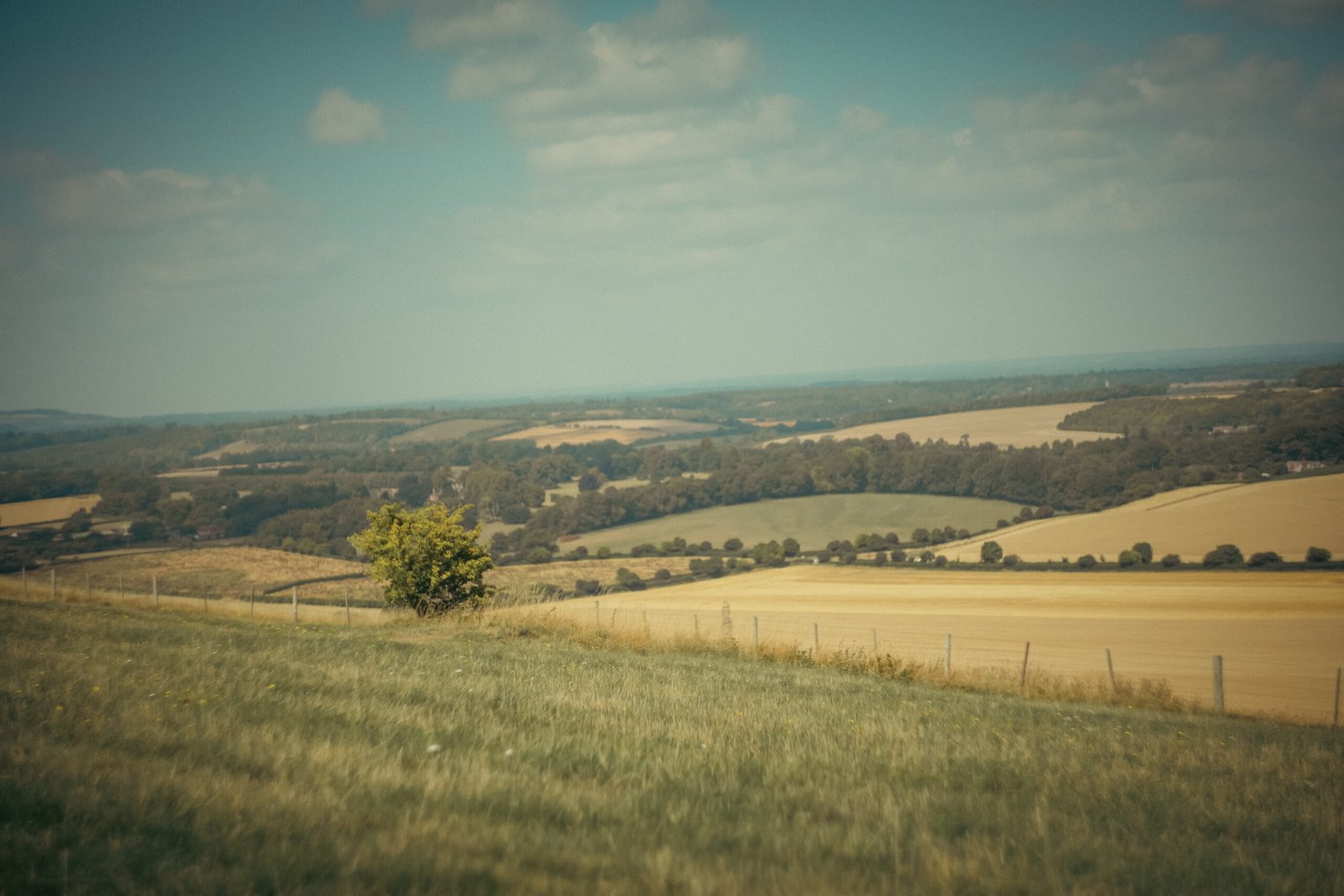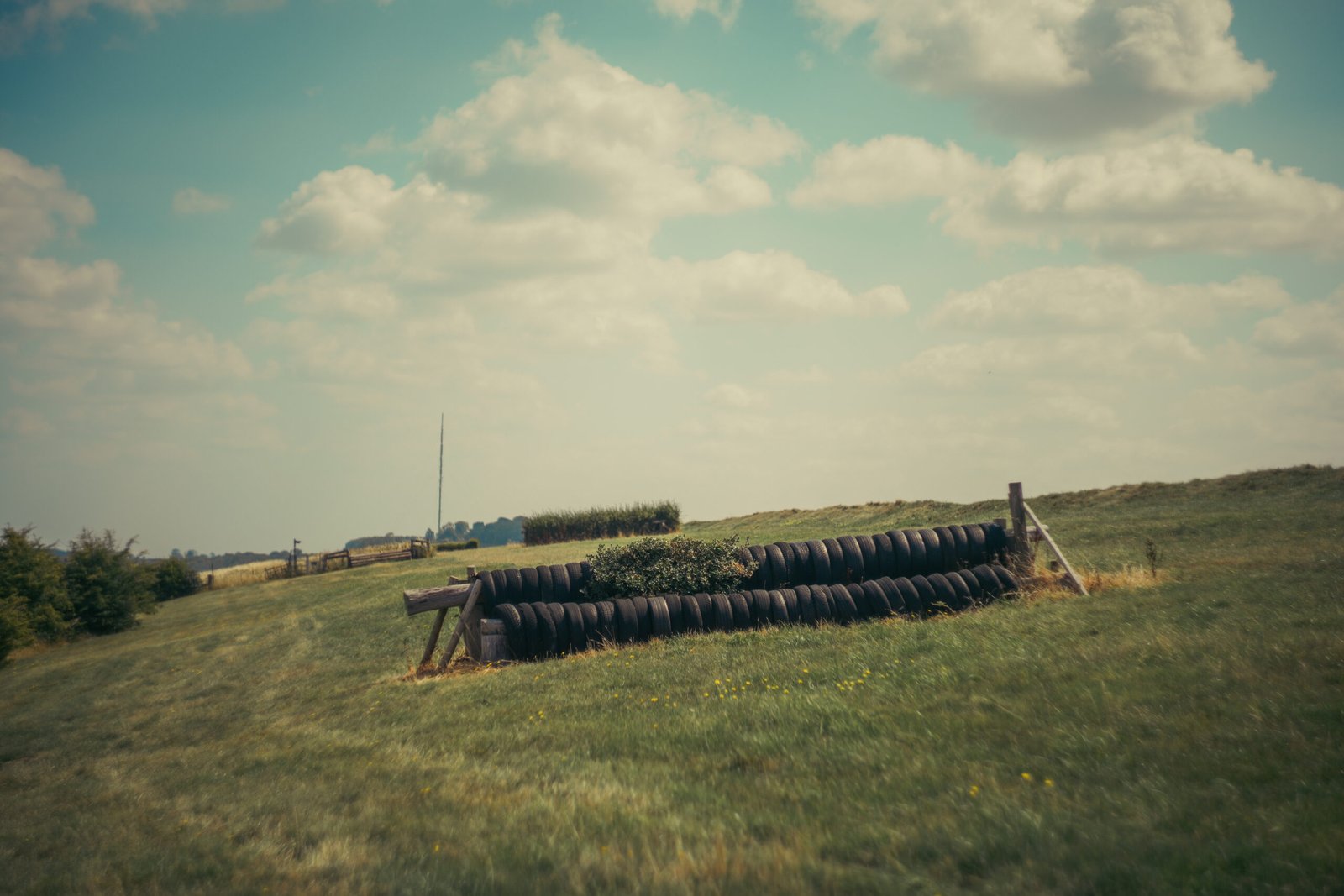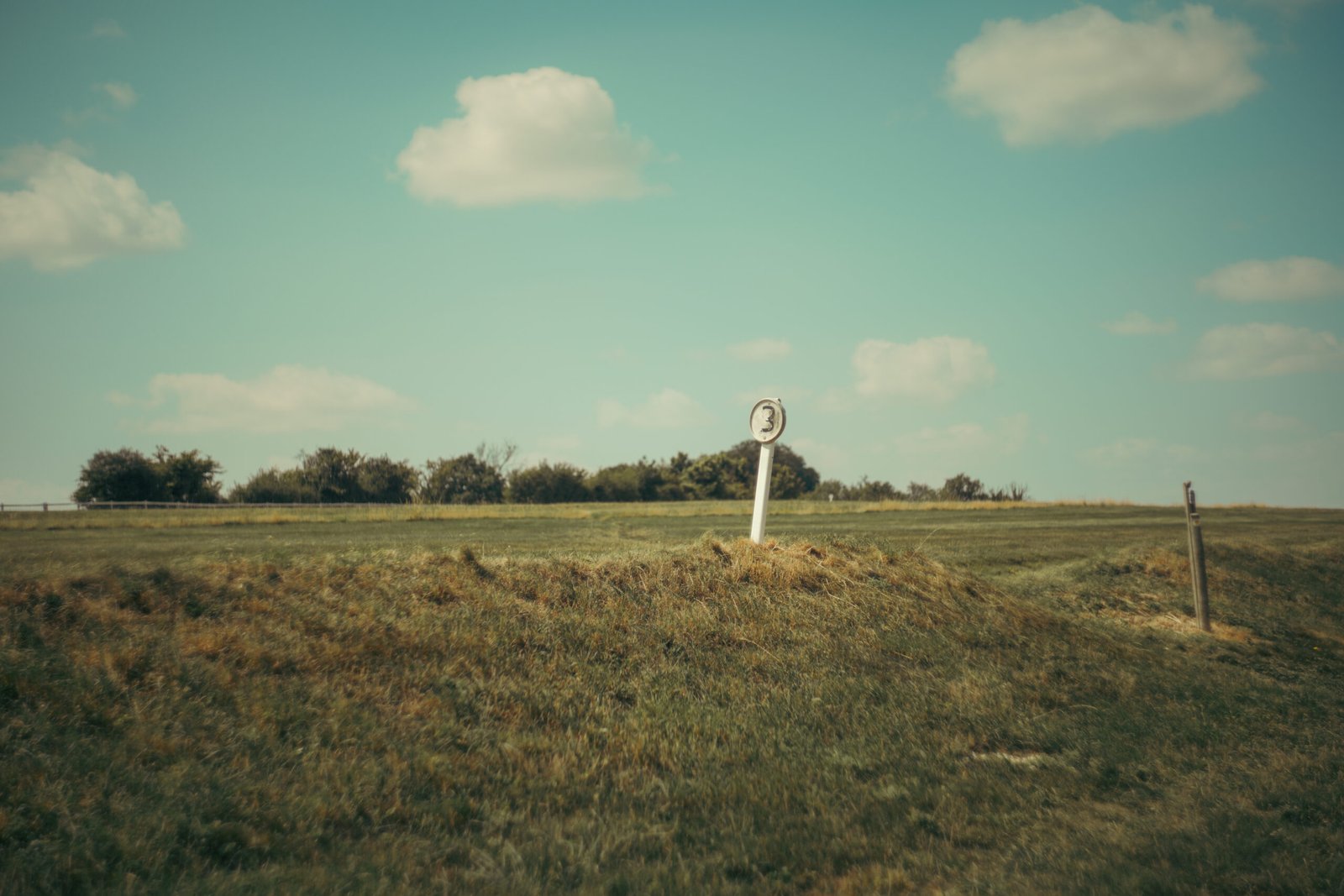On the Real Watership Down
The Gallops
Out on the front of Watership Down.
‘O Frith,’ thought Hazel, turning his head for a moment to the bright glow in the west, ‘are you sending us to live among the clouds? If you spoke truly to Fiver, help me to trust him.’ At this moment he saw Dandelion, who had run well ahead, squatting on an ant-hill clear against the sky. Alarmed, he dashed forward.
‘Dandelion, get down!’ he said.’ Why are you sitting up there?’
‘Because I can see,’ replied Dandelion, with a kind of excited joy. ‘Come and look! You can see the whole world.’
Hazel came up to him. There was another ant-hill nearby and he copied Dandelion, sitting upright on his hind legs and looking about him. He realized now that they were almost on level ground. Indeed, the slope was no more than gentle for some way back along the line by which they had come; but he had been preoccupied with the idea of danger in the open and had not noticed the change. They were on top of the down. Perched above the grass, they could see far in every direction.
Chapter Eighteen—Watership Down
‘Come and look! You can see the whole world,’ exclaimed Dandelion as he got to the top of Watership Down in the novel (Chapter Eighteen, Watership Down).
For the rabbits, that view was their everything. Looking beyond Ecchinswell they had all of the locations from their exhausting peregrination over the landscape below them.
Richard Adams had Dandelion sat on an ant-hill not too far below where the ground becomes flat on the northern scarp, an area that is now enclosed by the gallops fencing. I’ve thought it unrealistic that a rabbit would get a decent view from there as the slope only drops away very gradually. Instead, through the experimentation of being sat on my backside, I think it is more likely Dandelion would have been about two metres or so below the silica gallop track.
To get out onto the public footpath that crosses the gallops, pass through the gate in the fence-line to the east of the beech hanger.
The gate leading out onto the gallops.
The ‘come and look’ sequence is the most joyous in the film and a personal favourite. Darting up to the top of the down with Bigwig, Dandelion turns to take in the scene below him. Actor Richard O’Callaghan delivers those two legendary sentences as well as anyone could have hoped. We see the panorama of open countryside, cutting to the iconic image of the forward facing rabbits sharing the moment. Then, as Dandelion begins to exclaim ‘O Frith on the hills!’, we see the the rolling landscape north from behind the rabbits. The lane to Nuthanger Farm is to the left of the picture, the fields all watercolour greens, browns and oranges. Given my over-arching memories of seeing Watership Down as a three year old are predominantly negative, it says something about the strength of this scene that it stayed with me.
Since I started visiting Watership Down, I’ve always wanted to try and capture the film’s view of the landscape from behind the rabbits. I’ve never really fancied straying off the path and trespassing out onto the gallops as I don’t want to become involved in any confrontation of any kind. I want the experiences I initiate here to be positive. In the late summer of 2025 I was passing the gate to the gallops and noticed maintenance staff performing some work. So I asked them and finally got that photograph!
The film’s wonderful view to Nuthanger Farm and beyond. How can you not love this?
The real life equivalent, captured in August 2025.
The more cynical reader may be a little underwhelmed, just like the obligatory tourist at Stonehenge who complains ‘It’s so small!’, but the 1978 film repeatedly exaggerates the height of Watership Down for effect. Likewise, the animators have portrayed the landscape north to Newbury and Thatcham as more like downland than flat country. It looks better, more appealing and dramatic. (It should be said that this is the one occasion where the 2018 BBC/Netflix mini-series came up with a more realistic view of the landscape than the 1978 film.)
Earlier in the year I had a go at trying to recapture the ‘piled up landscape’ effect by putting my drone up over the beech hanger and gallops. The results were perhaps a little more expansive:
Above the beech hanger and gallops, April 2025.
So, just what would have the rabbits been able to see at ground level on the scarp? All of the obvious features close to the down are there: the pylon line, the road between Kingsclere and Old Burghclere, the lane to Nuthanger Farm and the trees close to the buildings there. Behind that is Ecchinswell. However, the most dominant feature on the landscape these days is the business park on the infamous former airbase at Greenham Common. The settlement behind this is Thatcham, whilst off to the left is Sandleford Park, Newtown and Newbury. On a clear day you can make out the water tower in Wash Common, not far from where the childhood home of Richard Adams was located. Stand with a map open on your phone and you will be able to locate the area close to Burghclere where Cowslip’s Warren was located. Far off to the right, out of shot, are the three cranes at Aldermaston and the wind turbine at Reading’s Green Park.
